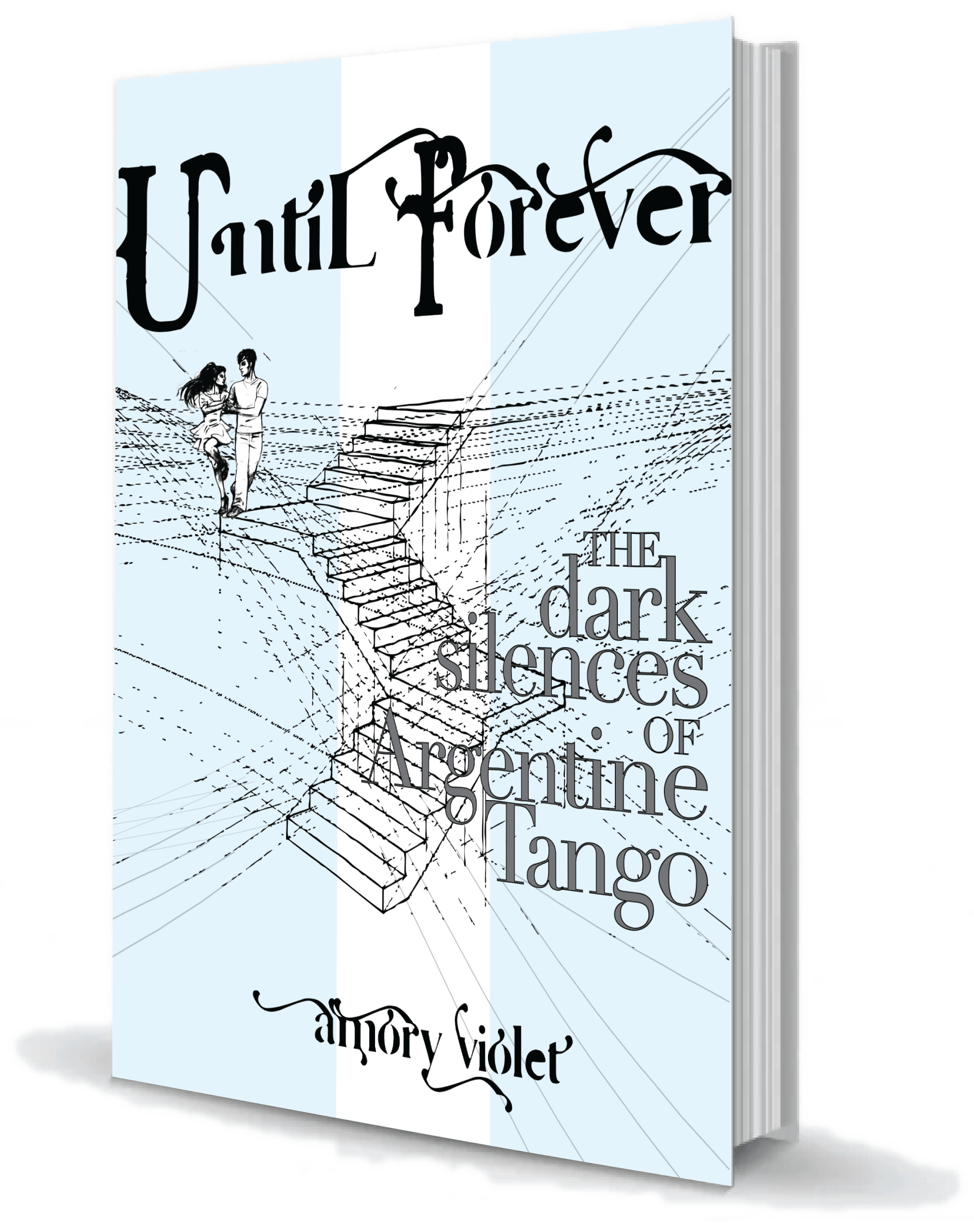I’m in Torino. Looks like Buenos Aires. Smells like Buenos Aires. Sounds like Buenos Aires. Tastes like Buenos Aires (farinata, bizcochitos, helado…) Let me again emphasize that while I knew there was a lot of Italian in Buenos Aires, the sensation in the street here is so similar that I am repeatedly startled, and then surrender to an alloyed perception of place (and time…because every block seems to be the one on which Duro and I found the kitten).
But the one thing that I expected to be the same –GENDER– is different! I’m sure you too have heard the reputation of Italian men as lovers and seducers. And since none of the other migrant groups to Buenos Aires had this reputation, I figured that this most fundamental dimension of Argentina came from Italy, along with the elegance and sass of the Porteña.
AN ASIDE about language… I use the adjective ‘Argentine’ when I speak about men, because I have indeed met many men, tangueras and not, from many parts of Argentina and their seductive powers are universally alarming. I have not had the chance to observe women outside of Buenos Aires, but the tanguera persona is indeed reflective of the public persona of Porteñas in general, and therefore I use the adjective ‘Porteña’ when writing about women.
Try as I might, I cannot get a strong chest-to-chest connection with a tanguero here, nor the emotion that goes with that. In New Zealand and Australia and Germany, many men curve their shoulders in such a way that the bone of the shoulder actually blocks me, and I have to try to wriggle into this cave to try to show them how sweet tango can be. The Italian men don’t block me. It’s easy to get there, but when I arrive I am alone. There’s no pressure, no presence, no yearning, no seduction.
The “something” which makes tango Argentine, that something whose absence teachers helplessly deplore to their international students, dismissing with “well you have to go there”, or “you have to know the lyrics” or “you have to speak Lunfardo”, or “you just have to be Argentine, it’s in the blood”… perhaps I am wrong and it cannot be captured with ever-more articulate technical instruction.
I have believed that the emotion of Tango was a hallucination induced by the tender pressure of a man’s chest, masterfully supported by correctly functioning legs so that not for an instant in the dance did he abandon my perilously open heart. And indeed I have felt this magic “something” from non-Argentine men, plenty of them. (Although I have to say that these are mostly U.S.American, one New Zealander trained in the US, and an Egyptian. My Pacific and European partners have many charms, but not that one.)
It’s always harder to describe women than men, especially without resorting to some form of sexism, but femininity here is also surprisingly different from Porteño femininity. It certainly has all the trappings of a competitive allure. The Italian women are without exception wearing heels, and as much sparkle as they can carry. (I think they would have Swarovski implants if they could choose the right color.) The Porteñas have a different aesthetic. They don’t go for sparkle (ostentation invites crime) or glamour. The Porteña aesthetic remains a humble palette enlivened only by diligent ambition: perfectly coiffed hair, dramatic eye makeup, spectacular presentation of cleavage, and a sexual arch of the lower back. 24-7. You do not go to the grocery store without a pushup bra.
It was in Modena that I noticed at streets and cafés as well as milongas, that the women were not doing cleavage. Indeed, they were not doing chest. Their shoulders were curved forward like a German man, hollowing the upper chest. The tits? Well there somewhere one must suppose. And the men had the same posture, more or less, shoulders up and forward, chests withdrawn, slightly better than the German men, who not only hide their chests but let their bellies hang forward, an additional rampart against the world of feelings.
The Modenese are very proud of Emilia-Romagna, of their world-famous superlative Parmigiano Reggiano and Balsamico, and, with a certain smugness, of their disregarded Lambrusco. Torino’s Piemontese are more humble yet less needful of an advance guard of shoulderbones. The King who united Italy was theirs, after all. Who needs world-famous DOPs, although of course there are the high-priced Barberas (d’Alba and d’Asti). I don’t mean to be flippant, or excessively summary. My point is that humility and confidence and what you do with them are the drug cocktail which determines the flow of your tango nights.
I am also an advocate of tango modernization, its distillation to a technique for artistic collaboration of incomparable precision and improvisational possibility.
But I came to Italy for romance. I am looking for home, I want to fall in love, so I can be closer to the tomatoes and the cheese, so I can walk miles without seeing a modern building, admiring every doorhandle, trying each gelato shop along the way.
The “something”, I believe, is the fire of urgency. And this is what is missing in Europe, and it is what makes Americans relatively good tangueros. It is the desperation which drives you to invade a stranger with your personality and with the utter confidence that you are SEXY. To maintain your composure through embarrassing mistakes and every kind of insecurity. To persistently ignore your limitations. It is the ferocious ambition which dare not hesitate or withdraw from any opportunity. It is work, it is soldiering in the immanent maneover. In Buenos Aires, seduction, in general, is urgent, whether romantic or commercial.
As I have written before, I believe that the Maestros’ invocation to “lead with the chest” was not dance technique, it was battle strategy, for life.














